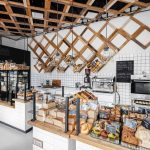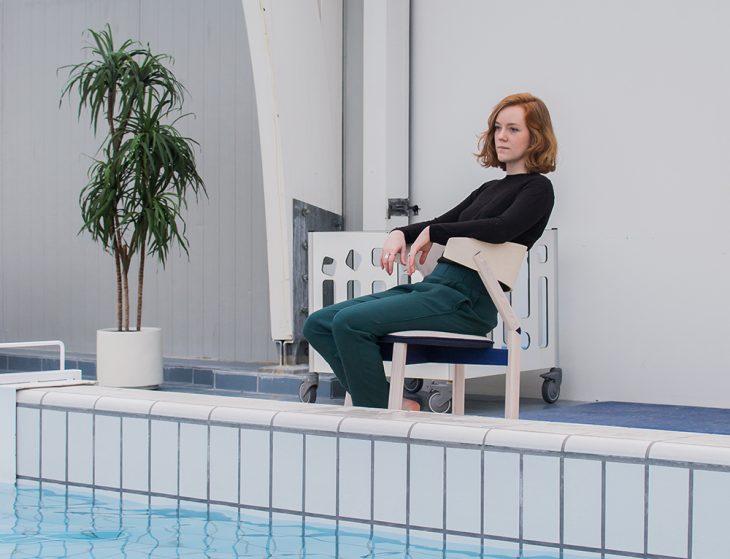
The presence of a ”glocal” design interest, that is to say using local situations as a gateway to the global context, is now a fact. The need for design is both urgent and overrated depending on where you are standing. As designers we need to be smarter and more skilled but we also need to take a step back and observe natural tendencies, random occurrences and learn from the ever evolving transformation constantly taking place around us.
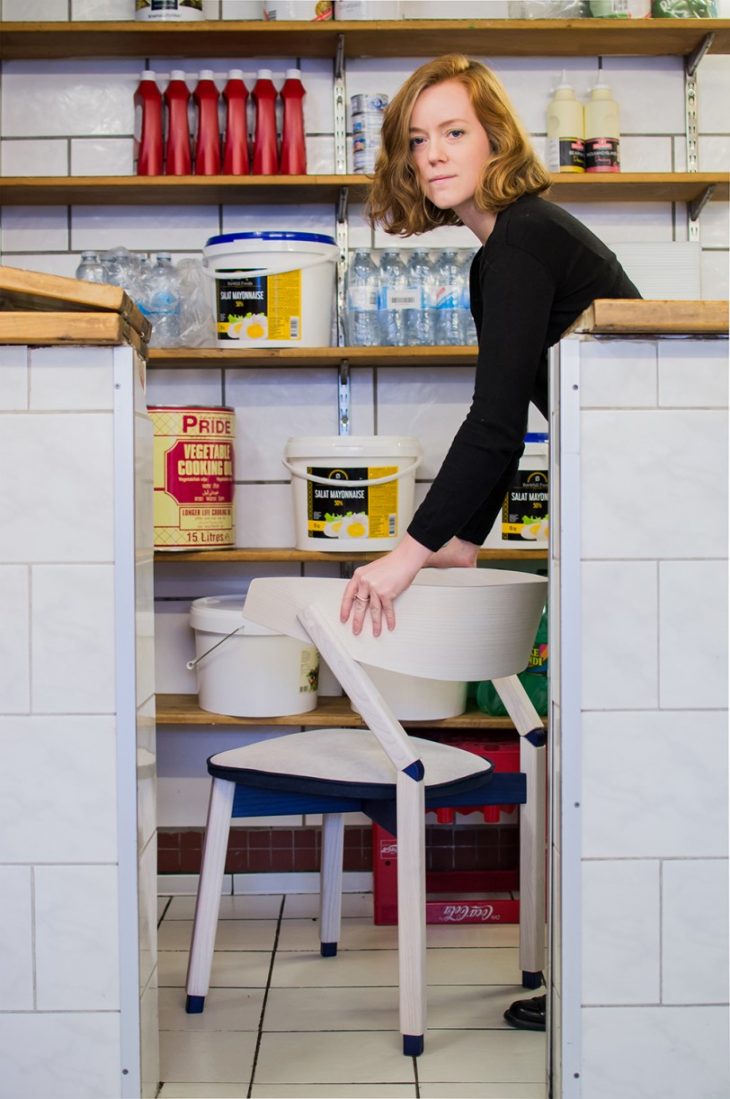
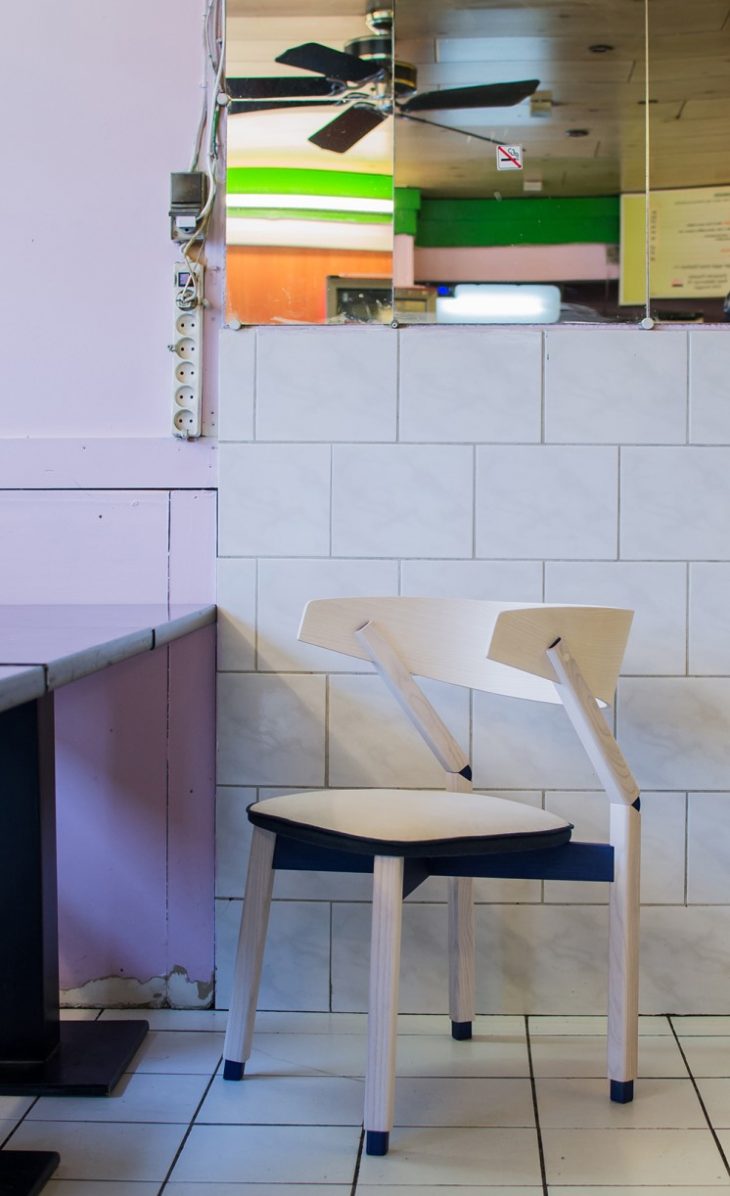
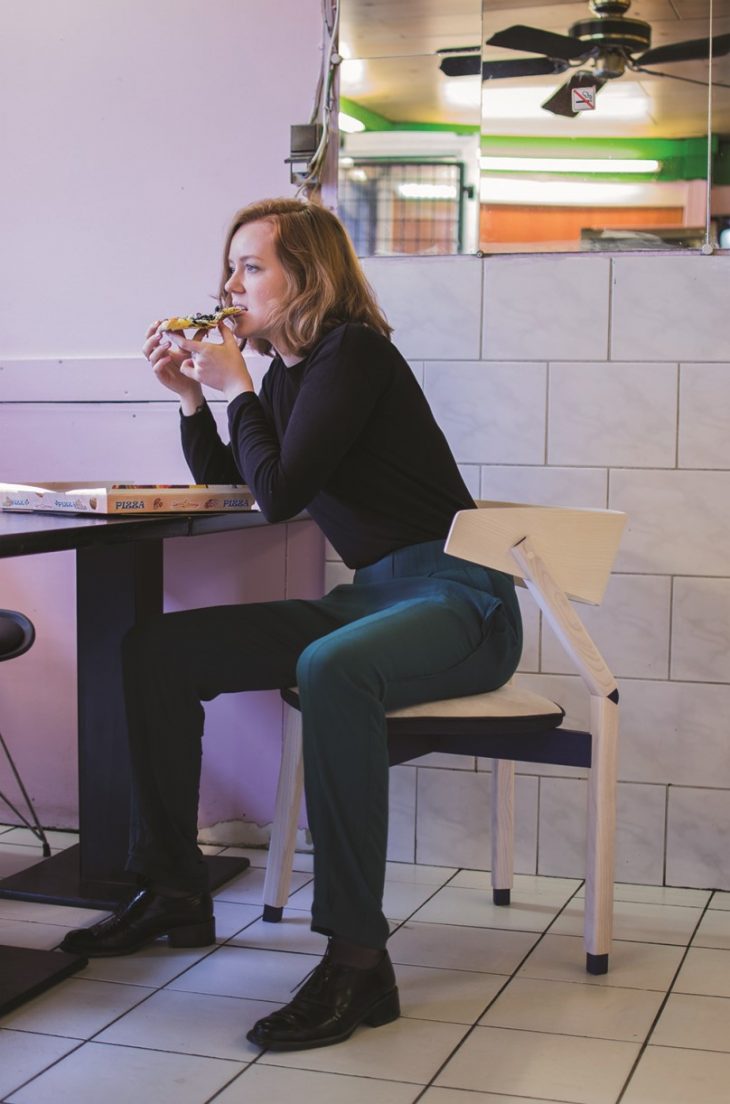
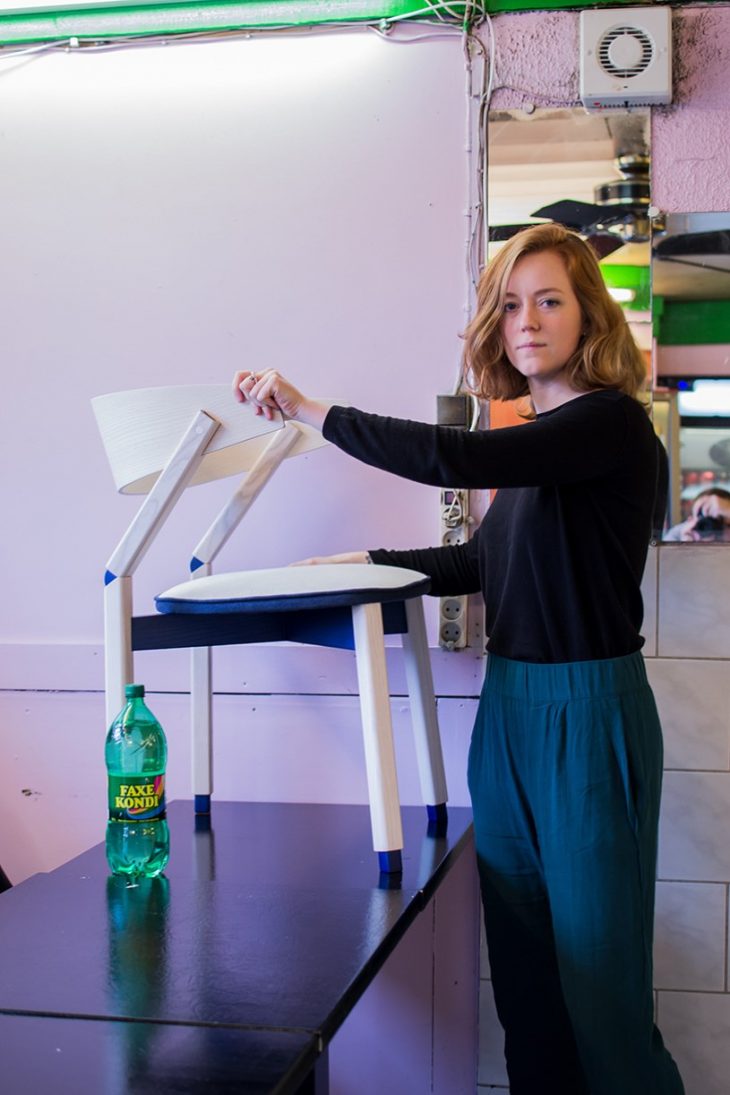
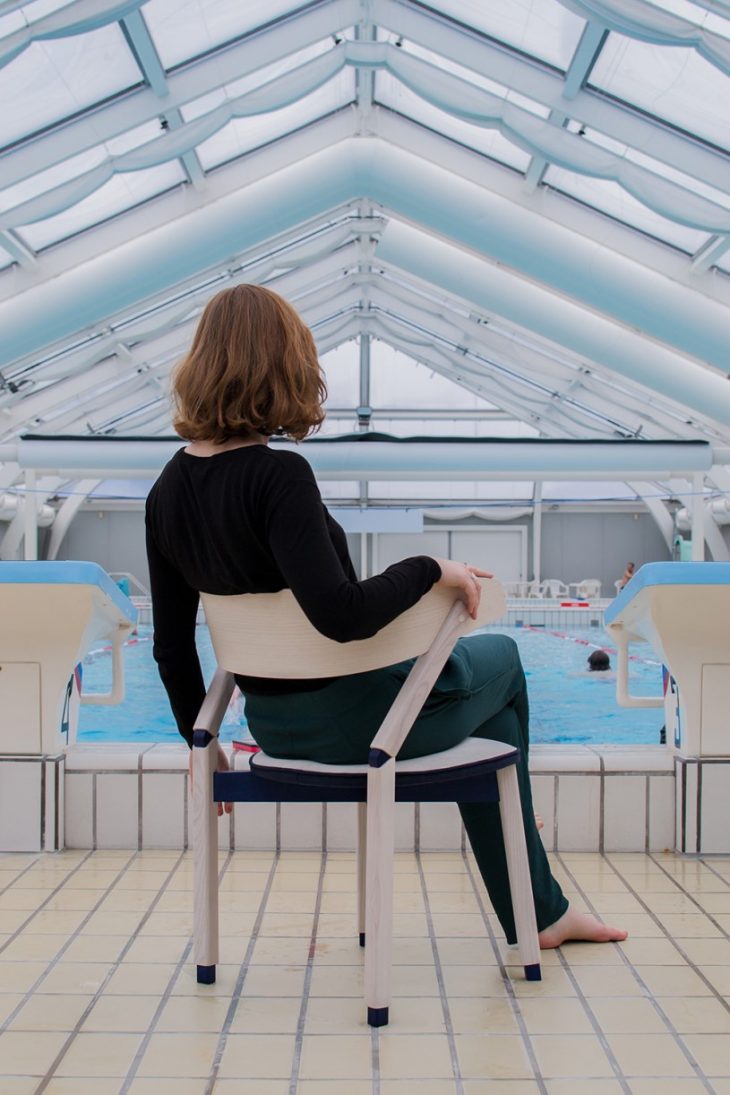
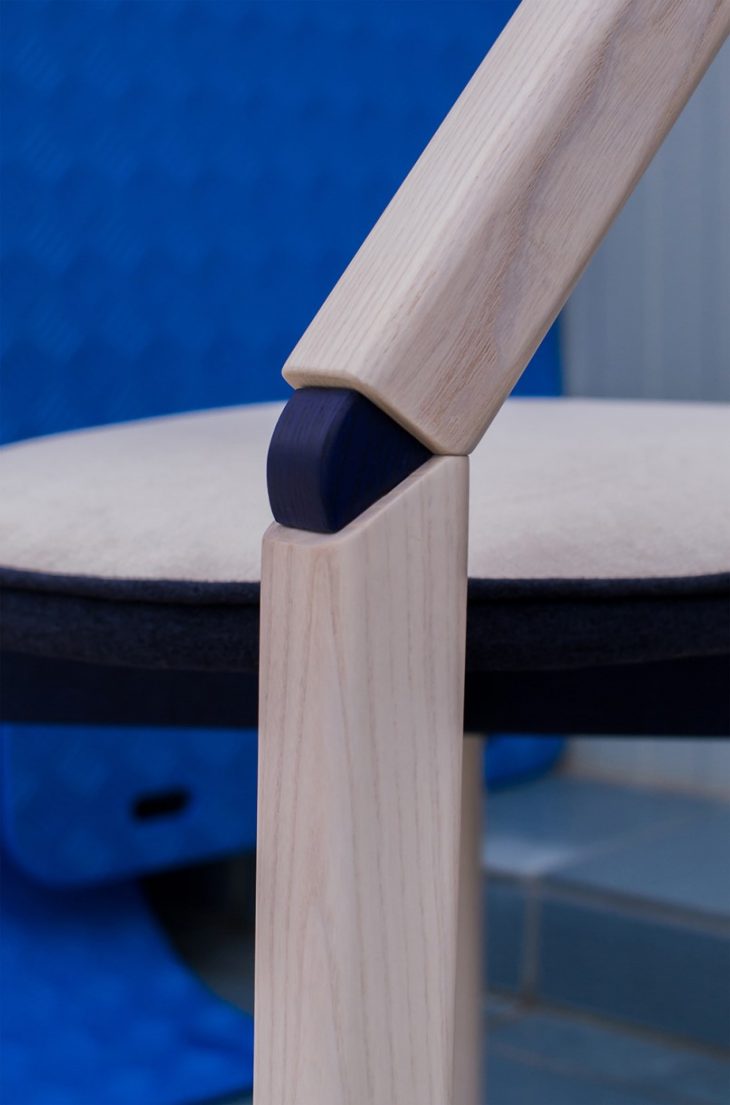

Design is and has always been about craftsmanship as well as taste but with new techniques and an infinite source of information there is no end to the possibilities we have at our disposal. So, how do we as designers make decisions, how do we know if what we do matters, how do we do that thing we call design?
We believe that the idea of design as separate, as individual, as single belongs to the past. Design, like art, should always be considered contextually and as a reference of something else, something greater. It is not only about aesthetics; such as attractiveness of a form where the response of the observer is entirely focused on the immediate impression of an object. Beauty comes from the reflective quality of a design. It is hidden under the surface, but not in a mystical way. It comes from a conscious reading and experience. Moreover, it is influenced by one’s memory, understanding and culture. Objects that are disregarded by some can bring pleasure to others.
Bearing this in mind, our collaboration led to a “broken chair”. It is a symbolic reinterpretation of a broken leg or branch. The idea came out of a drawing analysis of nature and its structures. The chair is raw in its expression and stands as an opposite to archetypes of what is considered to be obvious and expected. Despite broken, the chair serves its function more than well and with its informative quality has transcended pure aesthetics.
In order to present the chair in its right context we choose to photograph it in a Pakistani pizzeria in Copenhagen designed by the owners. The shacks raw aesthetics and vivid colors suit our concept perfectly. The interior stands against teamed, clean, minimalism and fulfills actual needs. It breaks the rules of formal and dives into the human. Moreover, “broken chair” was photographed in an old Danish public bathhouse. The light wood and marine blue details of the chair stood nicely with the practical nature of the tiles and the familiar, yet exotic aquatic colors of the pool. In both contexts, the architecture provided a contemporary ”glocal” context for this design and enhanced the character of the chair; making it tangible, not as a design object but as a prop to everyday situations, for anyone and any place.
What we want to see more of is design that is approachable. Design that is not only functional, aesthetically pleasing or intellectually stimulating but that exposes the core complexity of everyday life and is suggestive or even instructive of a desired societal change. The change we are seeking is to locate design not in the homes of the academics but on the streets, in our public institutions and in the greasy corners of the neighborhood kiosk. We want to recognize the beauty in the overlooked, homemade and neglected. Or as in this case, in the broken. Because let us be honest, we are tired of being sophisticated, tamed and clean. We just want to be ourselves without having to be alone.


